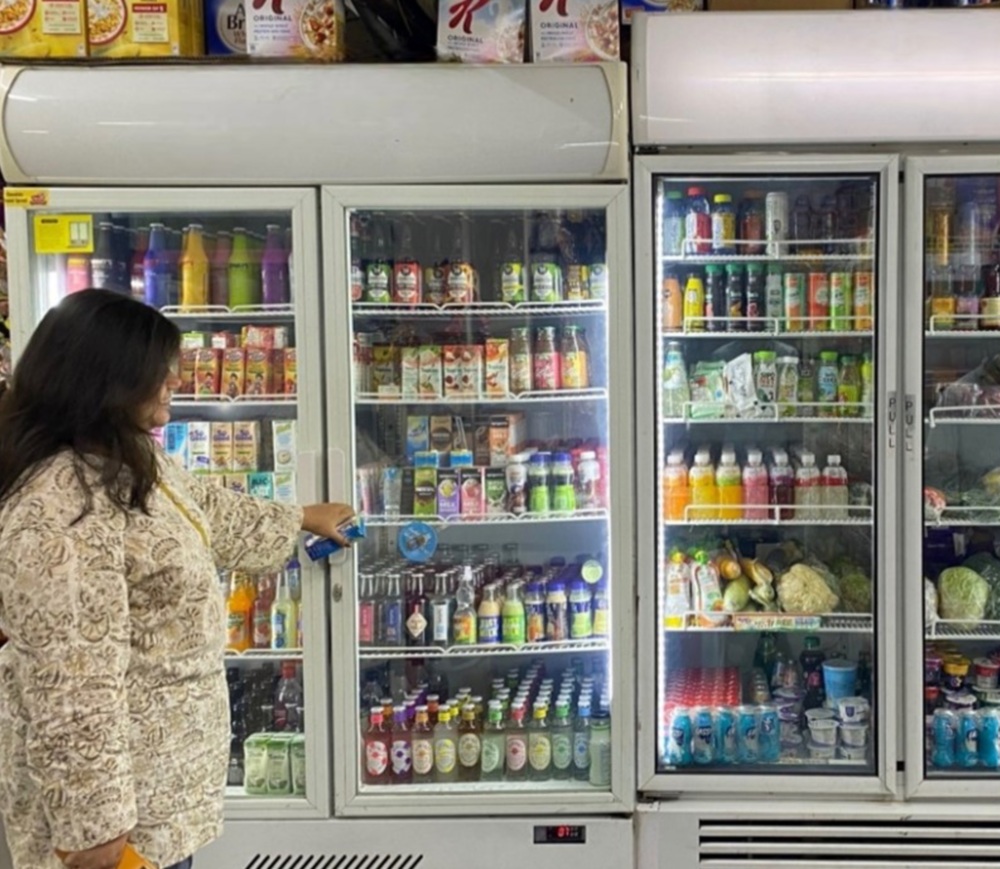Consumer study on the effects of the presence & location of the energy label in online shopping environments in Europe
Summary
New CLASP study examines the impact of online energy labeling on consumer choices for household appliances in Europe.
The European Union’s energy label serves as a tool to inform consumer decisions on energy-efficient appliances. In collaboration with Centerdata and Ipsos, CLASP conducted a study in 2023 across four European countries — Italy, Poland, Sweden, and the United Kingdom — to explore the impact of online energy label positioning on consumer decision-making regarding household appliances.
The insights found within this report, alongside additional evidence collected from retailers, suppliers, market surveillance authorities (MSAs), and technical assessments of barriers and opportunities will inform CLASP’s regulatory recommendations and the development of harmonized guidance documents for MSAs and retailers. The evidence gathered will help improve the energy label’s impact.
This report tackles the following questions:
- How does the proximity of the energy label to the product price (low vs. high) impact consumer decision-making on different web pages?
- How does the visibility of the energy label in an online store influence consumers’ decision-making?
- How do the presence and location of the energy label on product pages affect consumers’ purchasing decisions?
- Do consumers use online shopping baskets for product comparison, and does the presence of the energy label in the shopping basket influence their choices?
- Does the energy label impact consumer decisions on price comparison websites? Do consumers actively select products that are more energy efficient?
- How does the presentation of the web store (desktop vs. mobile) influence consumer choices?
CLASP’s study revealed several key findings:
- The exact position of the energy label within web store pages did not significantly affect consumer product choices.
- Consumer engagement with energy label information, such as clicking on energy arrows or viewing product information sheets, was minimal.
- The presence of the nested energy label next to products in shopping baskets and on price comparison websites promoted energy-efficient options and helped increase energy-efficient choices.
- The effects of the presence and position of the energy label on various web pages of a web store (main page, product pages, basket page) did not significantly depend on device type (desktop vs. mobile) used to complete the experiment.
The study’s findings highlight the importance of online energy labeling in guiding consumer choices towards more energy-efficient appliances. While the exact placement of the energy label may have limited impact, its presence in strategic locations within online retail settings can significantly influence consumer decision-making.









